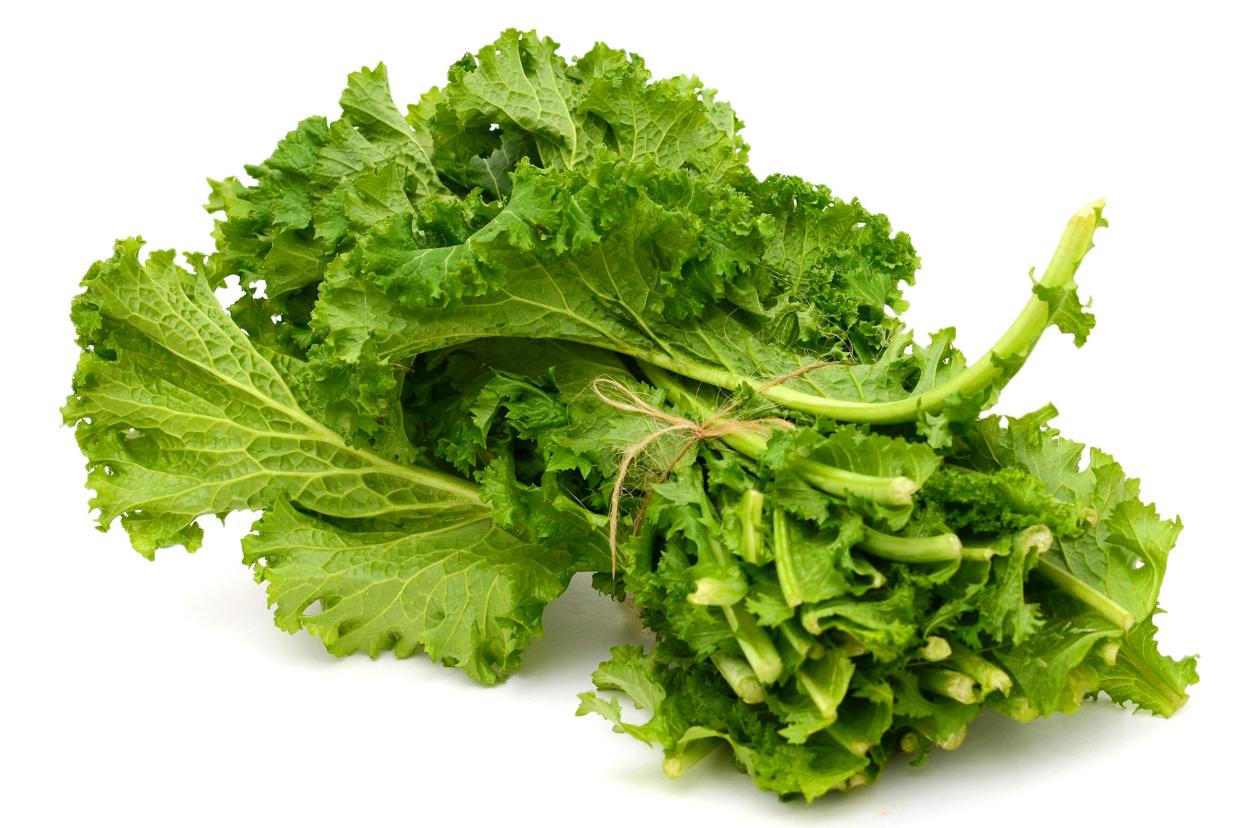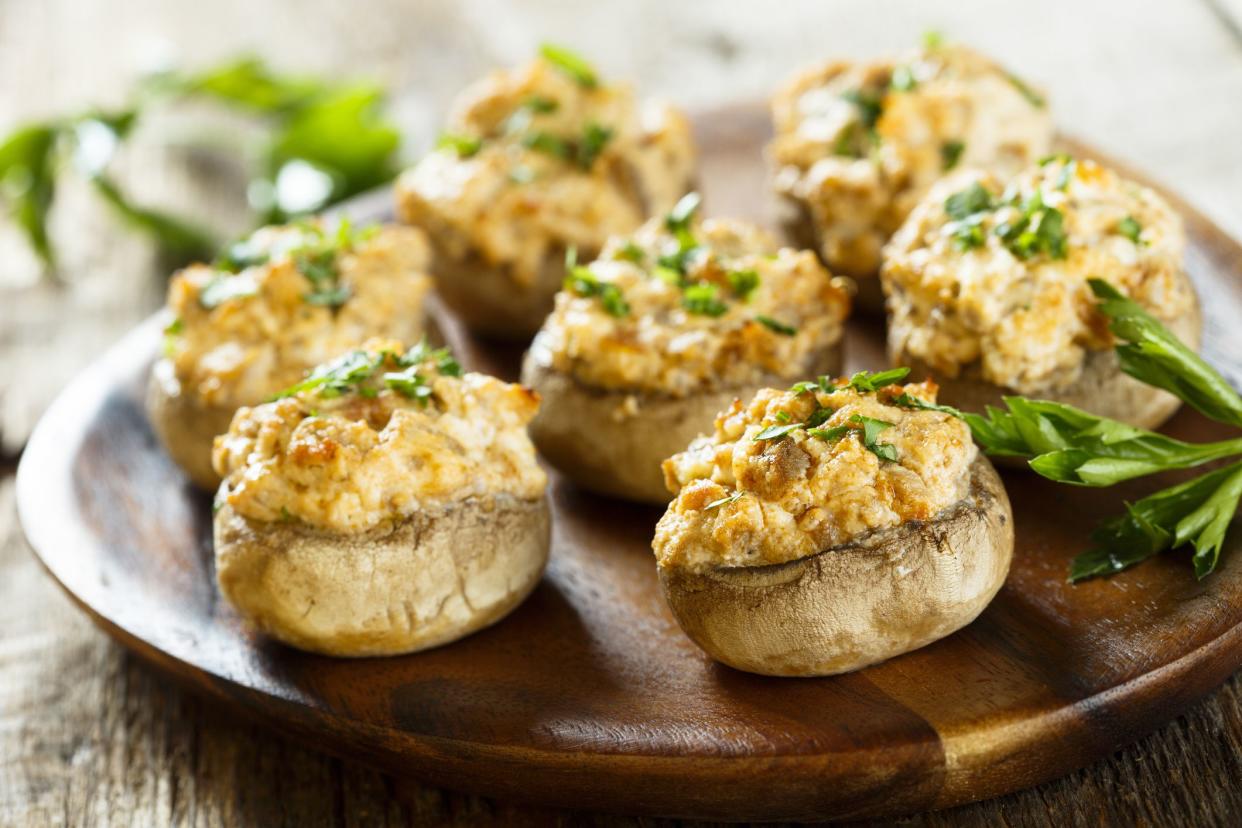Microwave Mishaps
After a long day, sometimes all you have enough energy for is heating up some leftovers and turning on Netflix. But while microwaves provide an easy and convenient solution for reheating food, not all dishes play nice with it.
Take leftover salmon or french fries, for example. Pop them in the microwave and your crispy, golden fries turn into sad, soggy sticks. And that juicy salmon? It devolves into a dry, crumbly mush that leaves your microwave smelling like a fish market for days.
Here are 15 foods you should never reheat in the microwave — plus tips on how to properly reheat each dish so it stays fresh and delicious.
1. Eggs
Reheating eggs — whether scrambled, fried, or hard boiled — in the microwave can leave them tasting rubbery and tough. If you have leftover cooked eggs that you’d like to warm up, your best bet is to do it gently on the stovetop over low heat, stirring or flipping frequently to distribute the heat evenly.
2. Rice
Microwaving rice can turn its fluffy texture hard and unappetizing. Instead, try steaming rice in a pot over the stovetop. Add a small amount of water, cover the pot, and let it steam slowly for about five to 10 minutes to rehydrate your grains. If you must reheat rice in the microwave, add an ice cube on top to achieve a similar steaming effect.
3. Pizza
I hate to break it to you, but if you’ve been reheating leftover pizza in the microwave, you’ve been doing it wrong. When reheated in the microwave, pizza can turn into a soggy mess, with the crust losing its original crispness. For a crunchier, more satisfying slice, try reheating your pizza in the oven on low heat for at least 15 minutes. This will heat your pizza evenly while preserving the crust’s texture.
4. Steak
Microwaving steak? Don’t you dare. It can leave it dry and overcooked, robbing the meat of its juicy, tender texture. Instead, reheat it in the oven for about 20 minutes, or on the stovetop on low heat to help it retain its moisture and keep the juices sealed inside. If it’s still too dry, add a bit of broth or water and you’ve got an imitation Salisbury steak.
5. Chicken
Chicken, especially the breast, tends to become tough, dry, and chewy when reheated in the microwave. Instead, reheat it slowly in the oven or on the stovetop to ensure the meat stays juicy and tender.
6. Nachos
Microwaving nachos can leave the chips soft and the cheese rubbery. Instead, reheat them in the oven. Arrange the nachos on a baking sheet, sprinkle on some fresh cheese, and warm at a low temperature. This method keeps the chips crisp and ensures the cheese melts smoothly without turning tough.
For more great life hacks and tips, please sign up for our free newsletters.
7. Pasta
Microwaving pasta often leads to uneven heating, with some spots too hot and others too cold—or worse, hardened bits that are unpleasant to eat. Instead, reheat pasta in a skillet on the stovetop, adding a splash of sauce or water to rehydrate it. This keeps the pasta soft and evenly warmed.
8. French Fries
French fries become disappointingly soggy and gross when reheated in the microwave. Unless you like eating steamed fries, reheat them in an oven — or even better, an air fryer (if you have one) to help them retain that crispy and satisfying texture.
In fact, microwaving potatoes can increase the risk of botulism, a rare but serious illness caused by the Clostridium botulinum bacteria.
9. Bread
Have you ever tried reheating a croissant in the microwave? Don’t do it — it turns into a rock. In fact, microwaving most types of bread will turn it tough and dry. Instead, try wrapping your bread in foil and warming it in the oven on low heat. The foil will trap moisture to help the bread stay soft and delicious.

10. Seafood
When reheated in the microwave, seafood can dry out quickly and leave an unpleasant smell that lingers for days. Instead, warm it up gently in the oven or on the stovetop to help it maintain its tender texture and minimize odors. Need to deodorize your microwave? Fill a bowl with white vinegar and water and let the mixture heat for about 2-3 minutes.

11. Pastries
When you reheat pastries in the microwave, they can quickly lose their crispiness and become soggy or turn stale and dry. To preserve that delightful crunch, heat them up in the oven on low heat for about 10 minutes. This will ensure a more even distribution of heat to help preserve the pastry’s crisp exterior and soft, gooey filling.

12. Breast Milk
Aside from being kinda icky, microwaving breast milk is generally discouraged due to the risk of uneven heating, which can create “hot spots” that could burn an infant’s mouth. Moreover, the harsh process can increase the risk of chemical leaching from plastic containers, or cause changes in the milk’s nutrients, enzymes, and antibodies.
Instead, the Centers for Disease Control and Prevention (CDC) recommends gently warming breast milk using a bowl of warm water or running it under warm tap water for a few minutes. This will help the milk retain all nutritional value and protective benefits.
Remember to always test the temperature before feeding.

13. Leafy Greens
When heated in the microwave, leafy, green vegetables like spinach or kale run the risk of converting naturally-occurring nitrates into nitrosamines, which can be harmful in large quantities. While nitrates are generally harmless and can even be beneficial
https://www.bhf.org.uk/informationsupport/heart-matters-magazine/medical/drug-cabinet/nitrates
for blood pressure and cardiovascular health, they can become carcinogenic when reheated at high temperatures, a study shows.

14. Chili Peppers
When it comes to chili peppers — whether fresh, roasted, or incorporated into dishes — reheating them in the microwave can be risky. The capsaicin, which is responsible for the peppers’ spiciness, can vaporize or break down under high heat — causing the peppers to heat unevenly and release more of this substance into the dish.
This means your chili peppers will come out of the microwave looking extra soggy and sad, or they’ll become too spicy to eat. Instead, gently warm up spicy dishes on a stovetop to ensure even heating and better texture.

15. Mushrooms
Because mushrooms are sensitive to high heat, microwaving can alter their texture and flavor. Their high water content also means they tend to release moisture too quickly in the microwave, often becoming soggy or rubbery.
To maintain their texture and earthy taste, try reheating mushrooms gently on the stovetop or in the oven. Sautéing them over low to medium heat can also add a touch of crispness, enhancing their natural flavor.
This article was originally published on Cheapism
